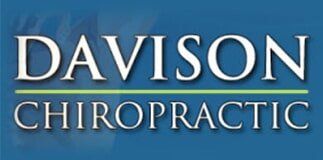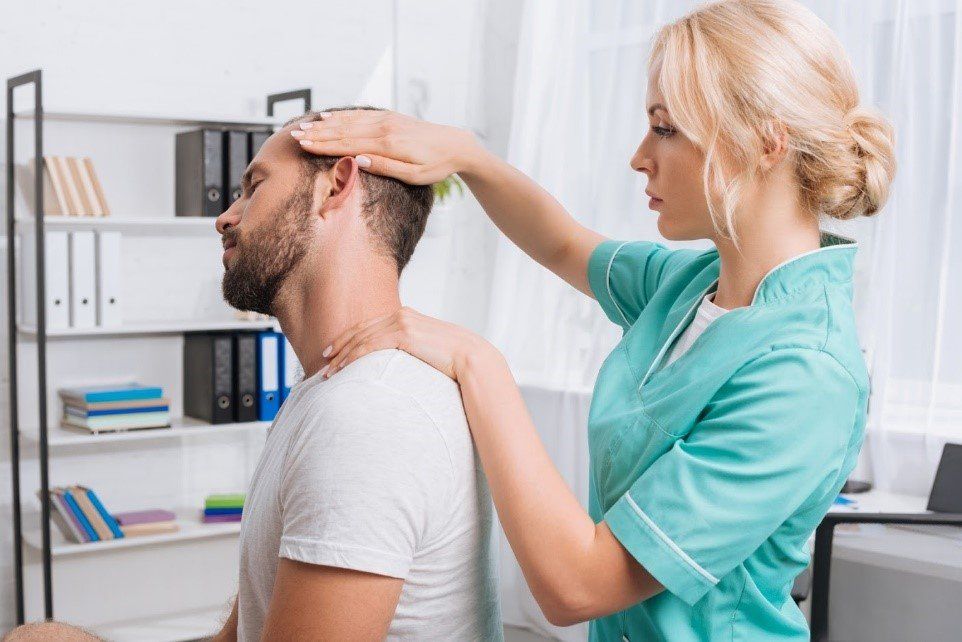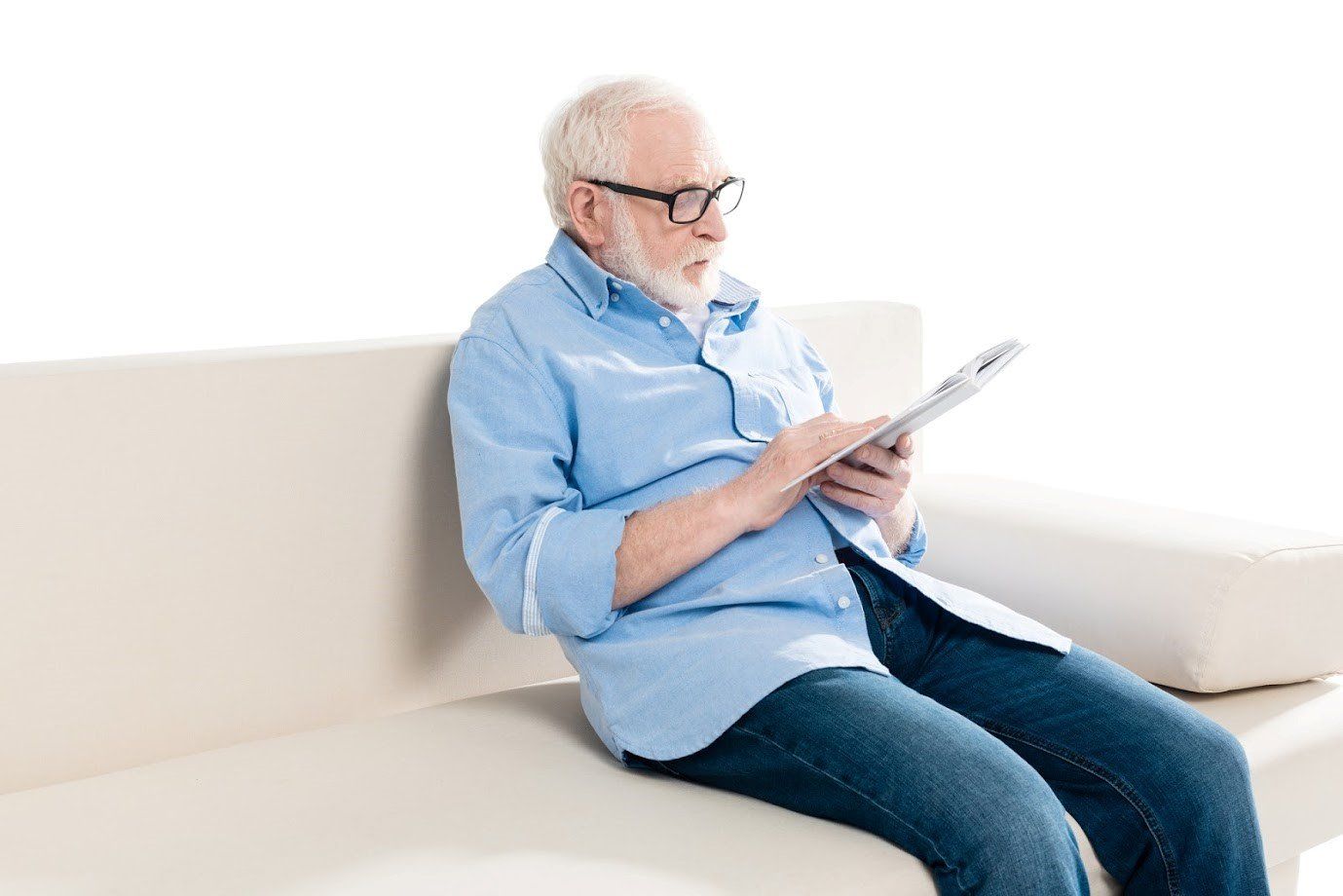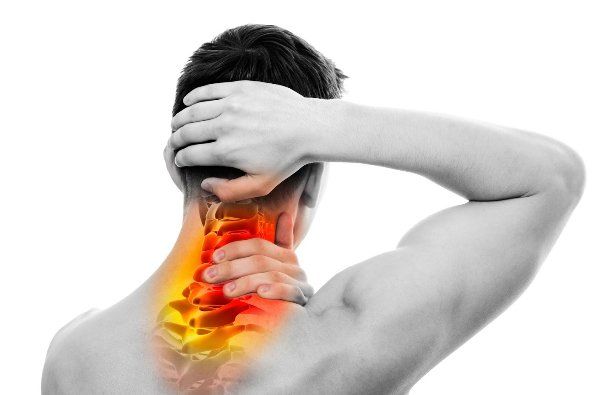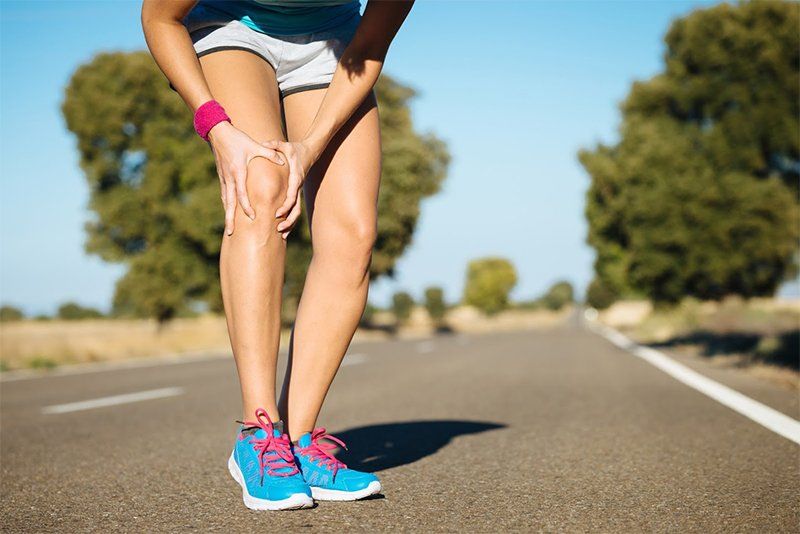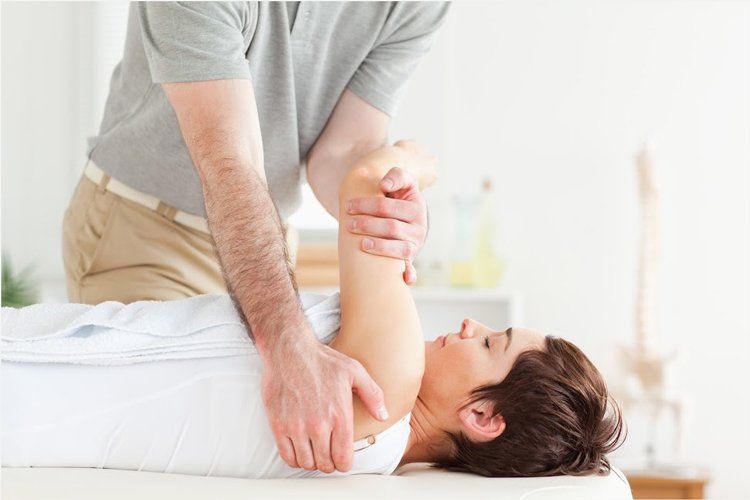Blog Layout
What You Need To Know About Cold Laser Therapy
websitebuilder • December 10, 2019
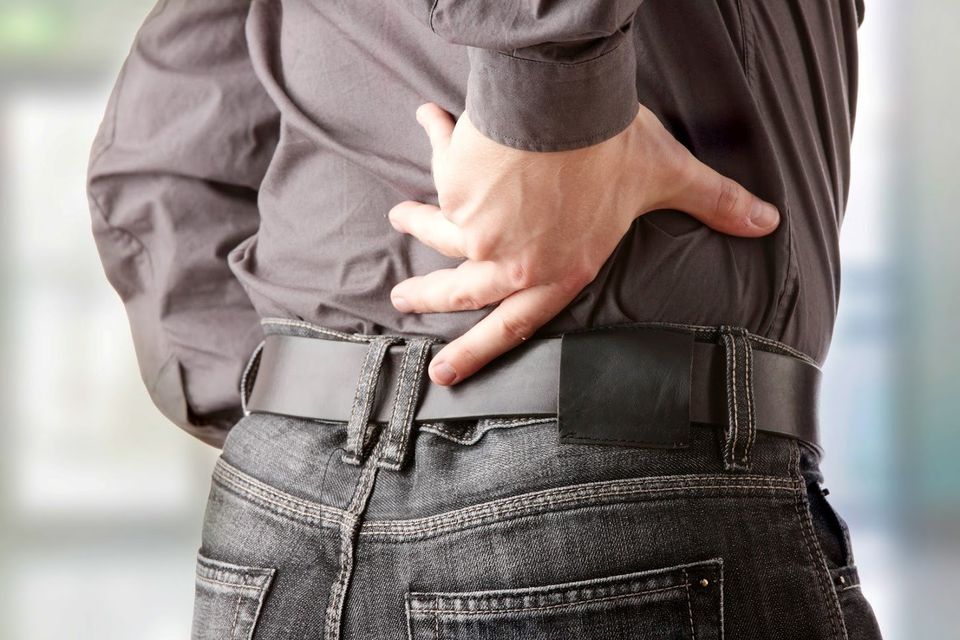
Cold laser therapy, also called low-level laser therapy (LLLT) or low-power laser therapy (LPLT), is a non-surgical pain management treatment suitable for some patients who experience back and neck pain or certain injuries. Chiropractors and other health care professionals apply cold laser therapy to the pained or inflamed areas.
The procedure uses a low-level laser that emits near-infrared light. The light from the laser is able to penetrate the skin and reach the body's deeper tissues. Once the tissues absorb the light, it interacts with the body's cells and speeds up the healing process. The laser light also helps reduce pain and swelling in damaged tissues.
Uses
Cold laser therapy is used primarily on patients who have chronic musculoskeletal pain. While the treatment works on different parts of the body for different injuries, like ligament and muscle strains, patients who have lasting lower back or neck pain often find relief from laser therapy.
Cold laser therapy also helps patients who have arthritis, fibromyalgia, carpal tunnel syndrome, hip bursitis, and temporomandibular joint dysfunction (TMJ).
Procedure and Results
A single treatment session of cold laser therapy is typically short. Most health care professionals who administer the treatment spend 30 seconds to several minutes holding the handheld laser over the affected areas.
Treatment sessions that cover a large area, such as the entire lower back, take longer since the laser device will need to be moved around to target one smaller area at a time. The procedure isn't painful, and you won't feel any vibration or hear any noise. Some patients can feel the laser, but most do not report it as uncomfortable.
There is no standard for the number and frequency of cold laser therapy treatments. How many sessions you'll need depends on the severity and type of your condition and how well previous treatment sessions work.
You may have to wait several weeks to a month to see the full benefit of cold laser therapy, and some patients need to have several short sessions a week to get maximum relief.
Cold laser therapy has been the subject of multiple studies that have shown generally favorable results, though many of the studies have small participant groups. This treatment is FDA-approved, so you know it’s safe and effective.
Advantages and Disadvantages
One of the biggest advantages of cold laser therapy is that it is a non-invasive treatment method. Since cold laser therapy doesn't lead to any downtime for healing, it can be a good treatment choice for patients who experience pain but have busy lifestyles.
The therapy also doesn't involve the use of any medications, which makes it appealing to patients seeking drug-free ways to manage their pain. However, you can combine it with medications and other treatment methods to provide additional relief.
The main disadvantage many patients report is that cold laser therapy doesn't work immediately. Most patients need multiple treatment sessions — as many as 30 — to see a significant reduction in inflammation and pain.
Another downside to cold laser therapy is that some health insurance providers won't cover the cost of the treatment. But some health care practitioners offer billing or payment plans to help patients afford the cost of the treatment.
Risks
Cold laser therapy is approved for use by the FDA, and it is considered safe for most patients. The treatment has very few side effects and is tolerated very well by most people.
Testing on pregnant women is lacking, so pregnant women shouldn't have cold laser therapy. People who have open sores, suspicious moles, or cancerous lesions shouldn't expose their skin to lasers.
Davison Chiropractic offers chiropractic adjustments, massage therapy, and pain management treatments to patients in Davison and Lapeer, Michigan and the surrounding areas. Contact us today to schedule an appointment.
BROWSE OUR WEBSITE
CONTACT INFORMATION





Hours of Operation:
Monday, Wednesday, & Friday, 9:00 a.m.– 12:00 p.m. 2:00 p.m.– 7:00 p.m.
Tuesday, 2:00 p.m.– 6:00 p.m.
Thursday, Saturday, Sunday - Closed.
JOIN OUR MAILING LIST
Please fill out the form below.
Contact Us
Thank you for contacting us.
We will get back to you as soon as possible
We will get back to you as soon as possible
Oops, there was an error sending your message.
Please try again later
Please try again later
Images provided on this website are for personal, non-commercial use. Republication, retransmission, or reproduction of such images is strictly prohibited.
